I've been trying to build up certain Embedded systems and i wonder how people make them secure. Or else it would have been reproduced well. I know there is an extent to provide security if you are using Controllers like PIC/AVR and well known chips from established companies like ATMEL/MICROCHIP/TI EEPROM. But Still i don't have any clue how they secure their Code and Hardware. I'm asking from the perspective of a Product Developer and what methods he/she normally opts for.
Or Is it like that people don't make things secure which i trust is a No.
I would extremely happy if you input some suggestions through which you make your PCB/Software not reproducible so easily...By reverse engineering enthusiasts.
All tried or tested methods or Nerdy methods would be welcome.
